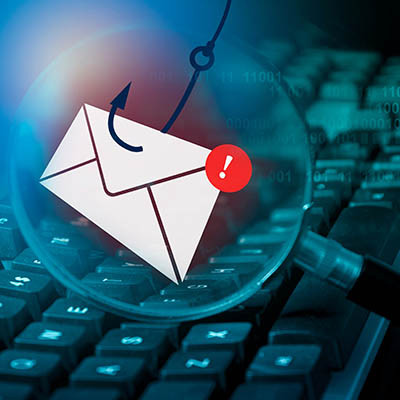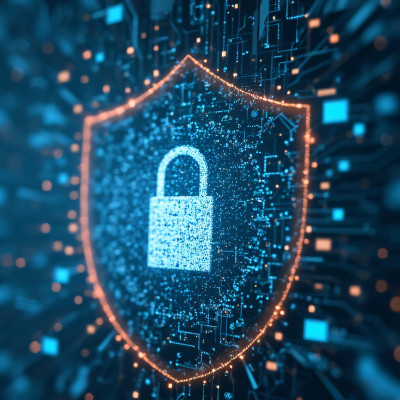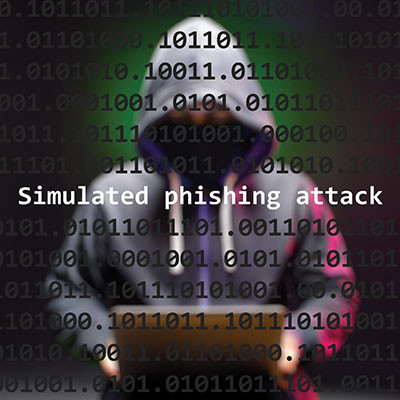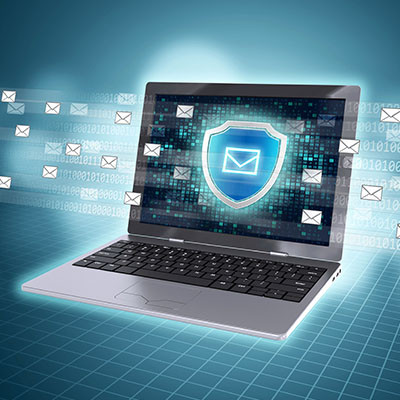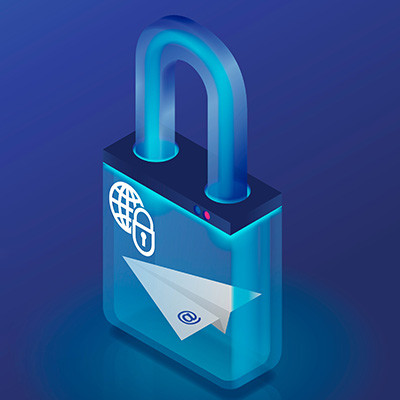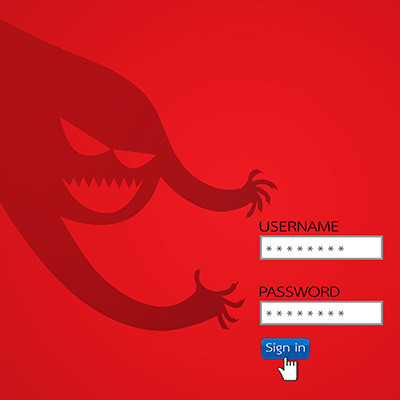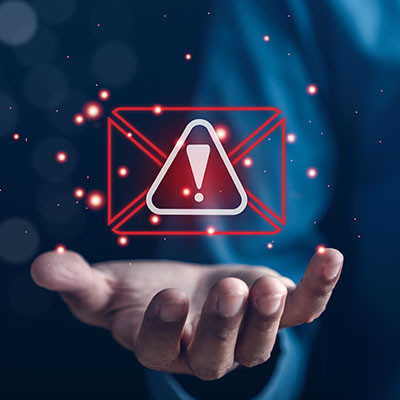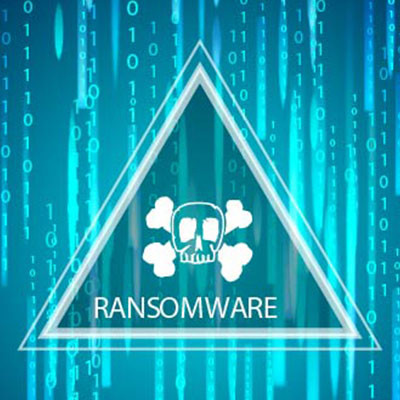Here’s a fun thought experiment; can your team identify phishing scams and respond to them appropriately? It’s a skill that must be learned if you want your organization to be successful and safe. Today, we’re taking a look at the three big signs you’re looking at a phishing scam (and what to do about it).
BlackCSI Blog
Scams are often so convincing that it’s difficult for even experienced individuals to detect them, but why is this the case? It all boils down to human psychology. Modern security training can help you identify these telltale signs, but it doesn’t really explain the why of things. That’s what we’re out to explore today.
While the goal of cybersecurity is always to prevent threats from taking advantage of your infrastructure, this is becoming more and more challenging as time wears on and threats evolve to changes in cybersecurity discourse. A recent podcast episode from Illumio, “Trust & Resilience: The New Frontlines of Cybersecurity,” explores how trust has become a vulnerability that attackers exploit in new and creative ways. How can cybersecurity as an industry pivot in response to this trend?
If you are a consistent reader of this blog, it will not surprise you that we think of phishing as one of the most significant threats that impact businesses today, regardless of their size or industry. Understanding this threat and implementing effective prevention measures is vital for safeguarding your organization. Let's go into how you can minimize the impact of phishing schemes and protect your business.
The seamless functionality of email often leads individuals to take it for granted. Whether accessing Outlook or logging into Gmail, the delivery of emails seems effortless. However, the intricate and expansive network of systems essential for email operations often goes unnoticed, and understandably so, given its complexity.
Since 2019, Google has had a feature built into their Chrome browser called Enhanced Safe Browsing. Intended to help prevent phishing attacks, this feature effectively steps in to warn users about links that it deems suspicious. More recently, this feature was added directly to Gmail. Let’s talk about how to enable it… and why you might actually want to think twice about doing so.
Passwords are what separate you from someone else’s private information, their money, their subscriptions, their personal data, their business, and even their livelihood. If you were able to easily crack a password, you’d have access to the wealth and identity of another person. In this blog, we’re going to show you just how to do that.
Amazon Prime subscribers were recently sent a communication from the online marketplace detailing popular scams and what can be done to protect against them. While we have our own set of best practices to share, we thought we would take a closer look at Amazon’s advice to see how it squares up against our own.
If you are an Amazon Prime subscriber, chances are you received an email from the online marketplace warning users of scams that take advantage of offerings and brand recognition. We thought it would be interesting to look at the advice shared by this message to see if it matches up with our own recommended best practices.
Quick response codes, or QR codes, are all over the place in today’s business world. They have largely been implemented as a means of providing contactless services throughout the pandemic and post-pandemic business environment, but they have also long been used for things like menus, document access and management, and so on. Even cybercriminals are using QR codes to their advantage, making it harder for all of us to trust them.
While artificial intelligence is being adopted across numerous industries, one that many people may not think of is the cybercrime industry. Fortunately, AI can also be used to stop some forms of cybercrime, such as phishing. Let's talk about how AI might soon be an integral part of your phishing prevention.
The headlines hyping up ransomware as a dangerous threat are not exaggerating. It really is as bad as it seems, although there is often a fair amount of embellished information on what ransomware exactly is and what it does. Let’s take some time to review what ransomware is and how your business can handle it in an appropriate way.
It sincerely seems that every other day features news of another cyberattack, and it isn’t uncommon for the word “ransomware" to be tossed around an awful lot. Let’s take a few moments to go over—or review—what ransomware is, and arguably more importantly, how to handle any you or your team encounters.
Sometimes, I kind of miss the oh-too-obvious spam emails that were once the norm. You know, the kind that were supposedly from some usurped royal who needed your assistance to reclaim their rightful place on the throne, or from some absurdly attractive individual who seemed to be coming on to you. Sure, at the time it was annoying, but compared to today’s spam…
Well, it was a simpler time.
It’s all well and good for us to recommend that you avoid phishing attacks and infected attachments simply by not clicking on the links in emails and other popular vectors of attacks, but the fact of the matter is that you might need to click on one at some point. In this case, it’s best to check the link before clicking it, and we’re here to offer tools to help you do so.

